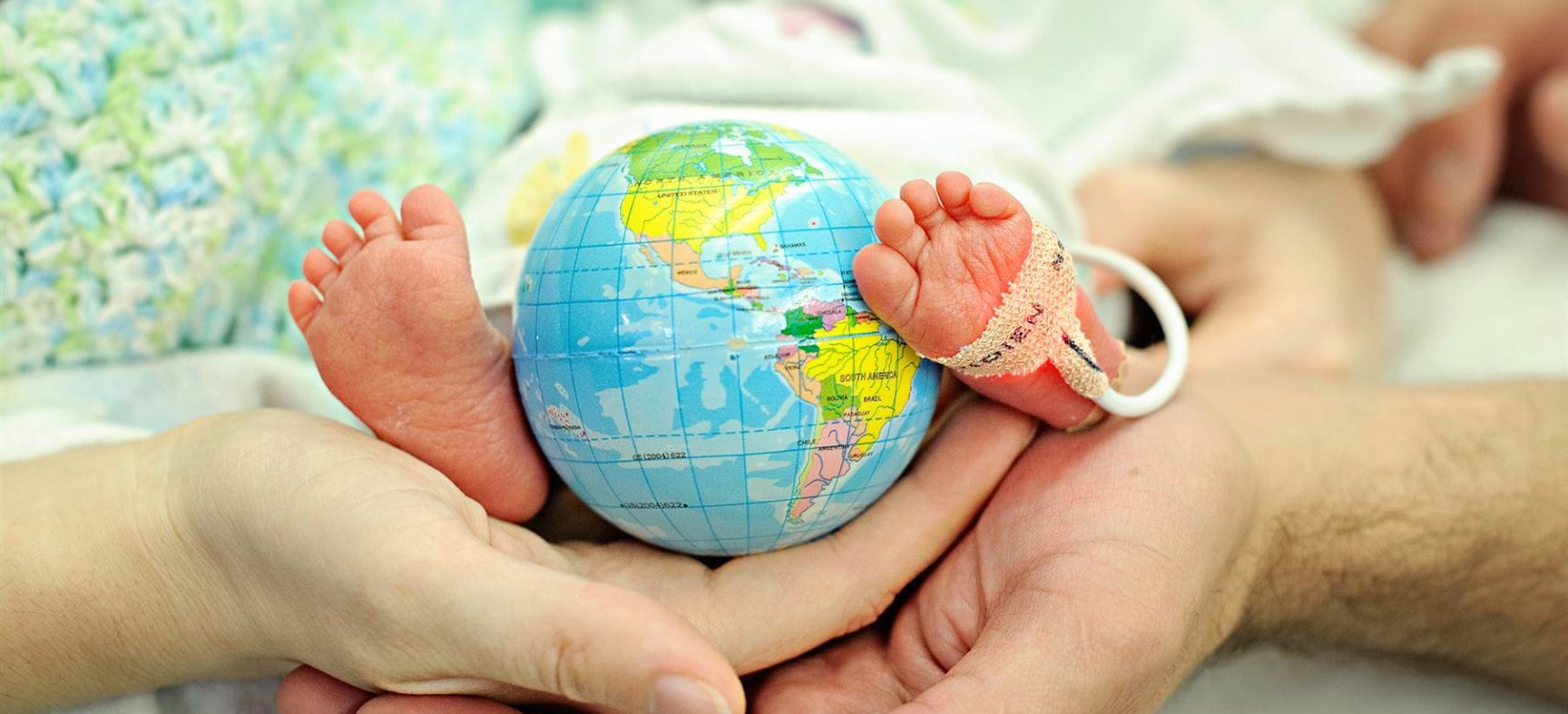Neonatal Intensive Care – A World Within
Coming from a neonatologist, I don’t think this article would surprise you much. However there are a few misconceptions that need to be cleared. For many, the restrictions of the Neonatal Intensive Care Unit (NICU) with regard to flow of attenders and strict asepsis, makes the place unacceptable. For some, the multiple lines and tubes that are inserted into the very small child, makes the place look like a torture chamber rather than a therapeutic center.
To all these concerns, we have only one answer- We do so because these policies and methods of therapy provides the child in question the best chance of survival. The policies of a good NICU is always in keeping with the latest medical evidence coupled with a human facet to care of the child. In fact we are more and more realizing the role of parents in the recovery of their child.
I have decided to answer some of the FAQ regarding NICU.
What are the indications for keeping a child in the NICU?
Any newborn requiring more than just a routine care is usually kept in the neonatal intensive care. Some hospitals have a graded care system where there is a nursery where newborns, who require a little bit of monitoring are kept and NICU where intensive monitoring and therapy is done. Some hospital have both the nursery and NICU merged.
Why is that such small require lot of equipments?
Smaller the baby, more immature are their organ systems. They are not capable of functioning by themselves. Thus their dependency is more on the intensive care personnel. Thus they require warmers and incubators to maintain their temperature and humidity. They also require small but accurate amounts of fluids to be infused into their veins. This means we require accurate infusion pumps. They require frequently to be put under photo therapy to reduce their neonatal jaundice.Monitoring these babies is an ongoing process. So they require monitors that display many parameters including ECG, blood oxygen levels (SpO2), etc. These babies often require frequent imaging modules to look into their bodies- thus X-Ray machines and ultrasound/Echo machines are also required on standby. Add to this the breast pumps and breast feeding chairs, computers, lobby etc, we have a busy and working unit.
Why is that we are unable to show our near and dear our baby in the NICU? Why are the NICU rules so stringent?
Newborns and especially pre-terms are extremely vulnerable to infections. Thus even the doctors and nurses handle the babies with extreme care. Their entry and exit into the unit is also monitored. In general more the traffic through the NICU more the chances of infection for all the babies. It is understandable also then that if we allow more relatives for one baby then we need to hold the same for others. Thus more the traffic and more the risk of infection for your and every other baby in the NICU. Hence NICU policies are very strict with regard to visitors
Why does care for such small babies cost so much? Why NICU stay costs so much for parents?
We already discussed the need for so many equipments in NICU. Added to this is the need for medical personnel (staff nurses and doctors) who are trained in Neonatal care. A sick newborn requires one and at times two nursing staff round the click. Thus running an Neonatal intensive care is an expensive yet important affair. Medications like surfactant also cost a lot. Disposables like syringes, needles etc are used frequently to prevent infections due to reuse. Hence the cost of NICU care is high.
What are the outcomes for babies who are treated in the NICU?
Presently outcomes for babies treated in the NICU is good. Neonatology itself started being recognized as separate branch of medicine only by 1960’s. The outcome (in terms of survival and medical problems among babies that survive) were quite poor initially. With more and more research, understanding of this science has became better. This has now reflected in better outcomes. More and more smaller babies are surviving with lesser long term medical problems.
These improvements are relative to what was earlier (say, 10 years back). But it is a medical fact that babies that required intensive intervention in the newborn period have long term medical problems (eg: issues with brain development, issues with eye- ROP and refraction errors, hearing problems, growth failure etc). Many of these problems are being addressed by the medical fraternity. Still one needs to be on the guard and do regular follow-up these children until 4 to 5 years.
Authored by : Dr.S.Subramanian.

